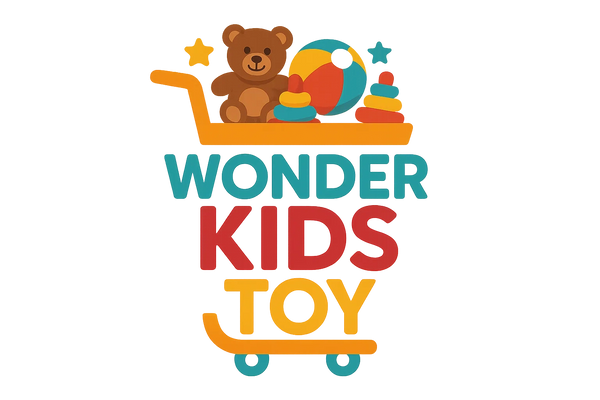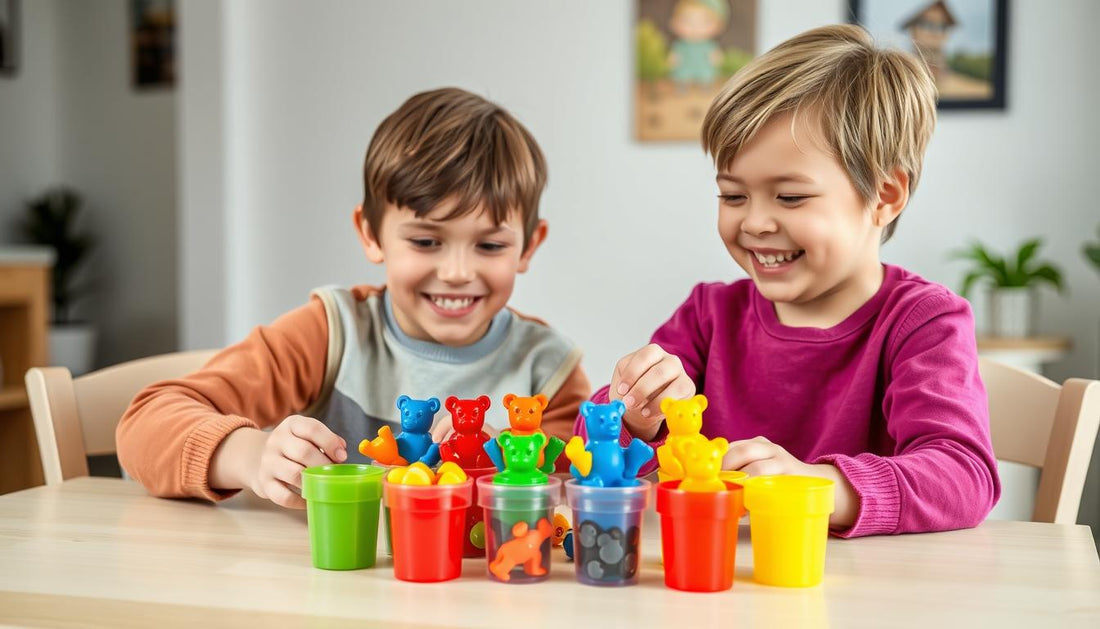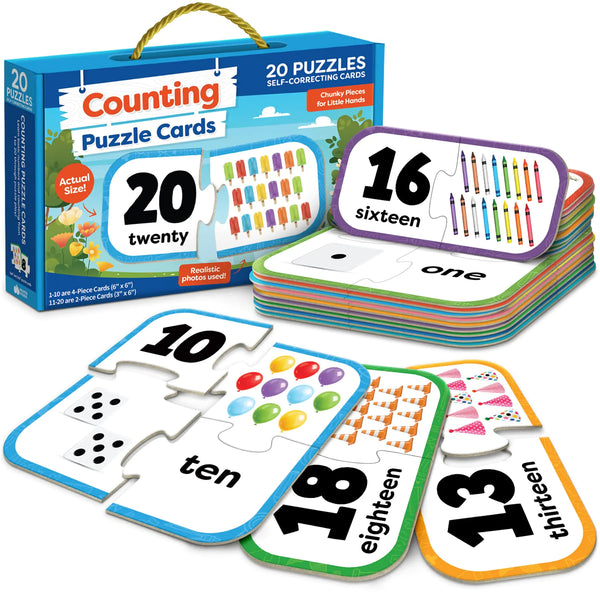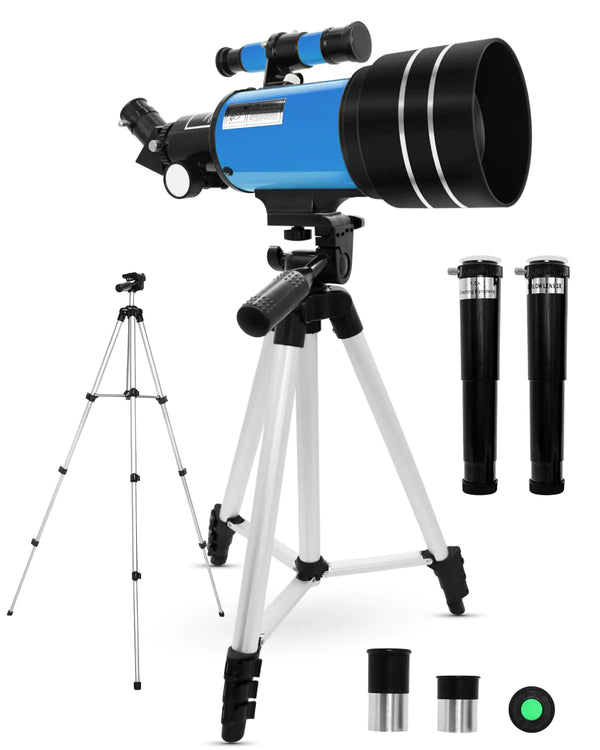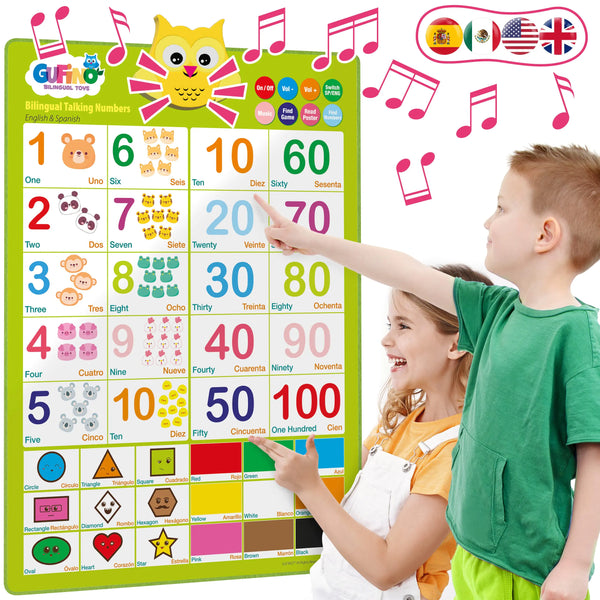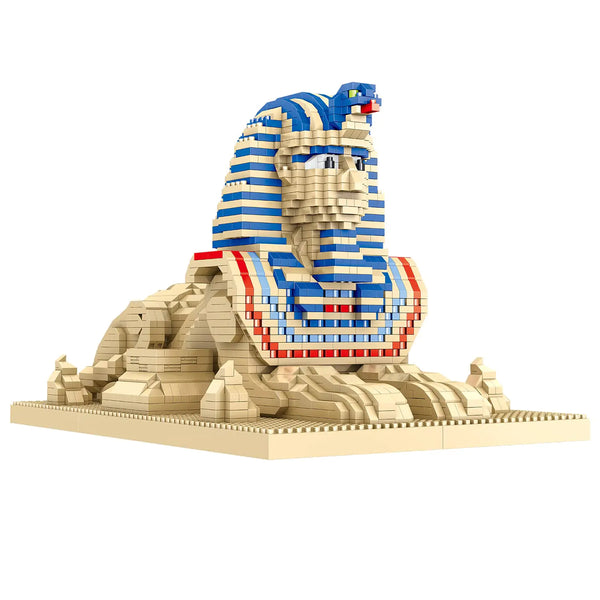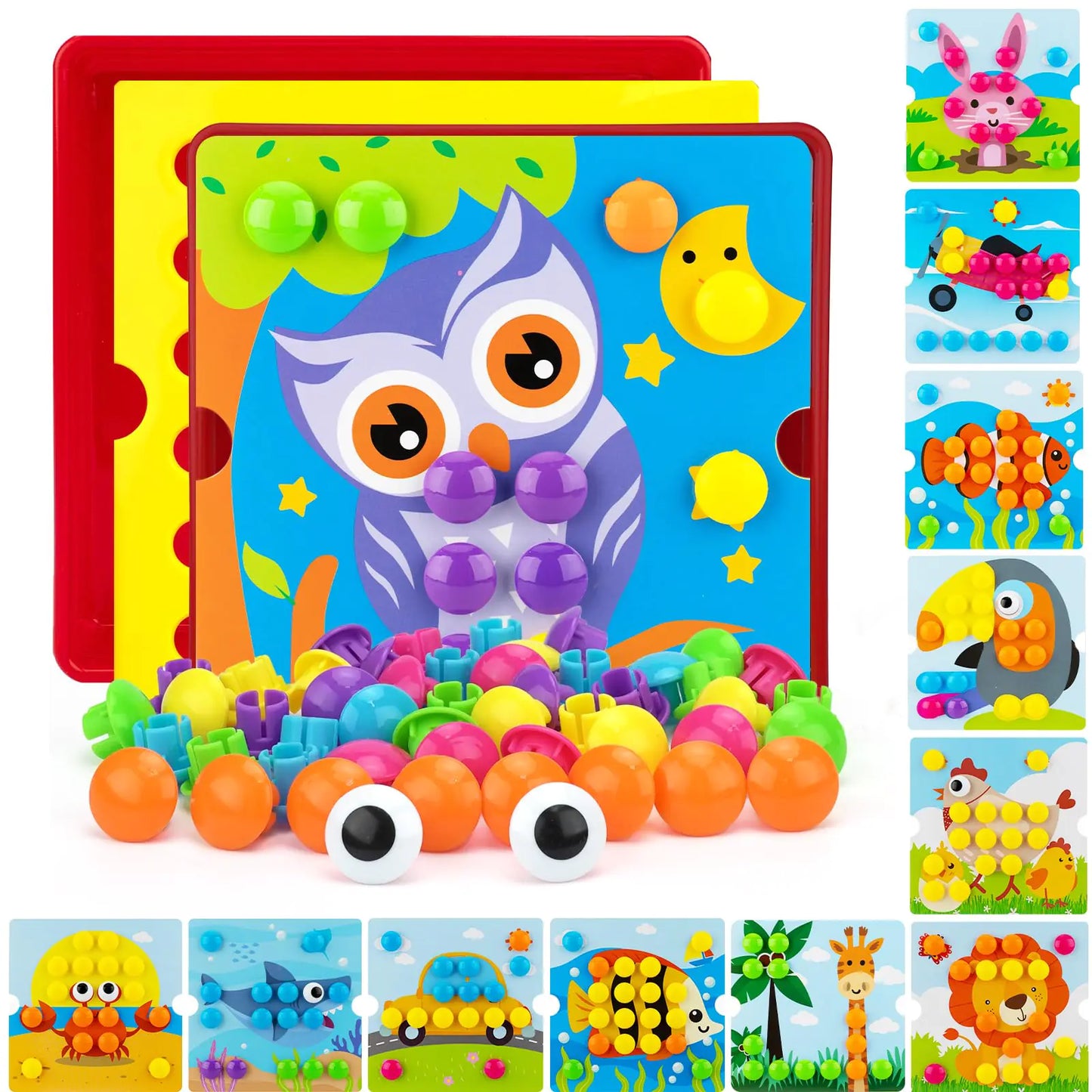When it comes to building a strong foundation in mathematics, nothing beats hands-on learning. Counting toys offer children a tangible way to explore numbers, patterns, and basic math concepts while having fun. These educational tools transform abstract mathematical ideas into concrete experiences that young minds can grasp and enjoy. As parents, introducing the right counting toys at the appropriate developmental stage can spark a lifelong love of learning and confidence with numbers.
In this guide, we'll explore how quality counting toys support cognitive development, what to look for when selecting them, and recommend specific options for different age groups. Let's discover how these playful tools can turn math into an exciting adventure for your child.
Key Benefits of Learning with Counting Toys

Counting toys do much more than teach children to recite numbers in order. They provide a multi-sensory learning experience that builds several crucial developmental skills. Here's how these hands-on tools benefit your child:
1. Develops Strong Number Sense
When children physically handle counting toys, they develop a fundamental understanding of what numbers actually represent. By moving, grouping, and counting objects, they grasp that numbers have real-world meaning. This concrete experience helps them understand abstract concepts like "five" means five actual things, building the foundation for all future math learning.
2. Enhances Fine Motor Skills
Many counting toys require precise movements to manipulate small pieces. Whether it's placing counting bears in cups, moving beads on an abacus, or fitting number puzzle pieces together, these activities strengthen the small muscles in children's hands and improve hand-eye coordination. These motor skills are essential not just for math but for writing and other academic tasks.
3. Builds Problem-Solving Abilities
Quality counting toys often incorporate challenges that encourage children to think critically. Whether they're figuring out how to make groups of ten or solving simple addition problems with manipulatives, kids learn to approach problems methodically and develop perseverance when solutions aren't immediately obvious.
4. Fosters Mathematical Language
Playing with counting toys naturally introduces mathematical vocabulary. Terms like "more than," "less than," "equal," "add," and "subtract" become part of everyday conversation as children engage with these toys. This language development is crucial for mathematical thinking and communication.
5. Makes Learning Enjoyable
Perhaps most importantly, well-designed counting toys make math fun! When children associate numbers with positive play experiences, they develop confidence and enthusiasm for mathematics rather than anxiety or avoidance. This positive attitude toward math can benefit them throughout their education.
Ready to boost your child's math skills through play?
Discover our collection of engaging counting toys designed to make learning numbers fun and effective.
Explore Counting ToysHow to Choose Effective Counting Toys

Not all counting toys offer the same educational value. When selecting these tools for your child, consider these important factors to ensure you're investing in toys that truly support mathematical development:
Age Appropriateness
Choose counting toys that match your child's developmental stage. For toddlers, large, chunky pieces that are easy to grasp work best. Preschoolers can handle smaller pieces and more complex concepts, while early elementary children benefit from toys that introduce operations like addition and subtraction.
Safety and Durability
Look for counting toys made from non-toxic materials with no small parts that could pose choking hazards for younger children. Quality toys should withstand enthusiastic play and last through multiple children if needed. Wooden toys often offer excellent durability, while high-quality plastics can be more affordable.
Educational Value
The best counting toys grow with your child and offer multiple ways to play. Toys that can be used for simple counting at first but later support pattern recognition, sorting, or basic operations provide lasting value. Consider toys that incorporate multiple skills like color recognition alongside counting.
Engagement Factor
Even the most educational toy won't benefit your child if it doesn't capture their interest. Bright colors, interesting textures, and playful designs can make counting toys more appealing. Consider your child's specific interests—animal lovers might engage more with counting bears, while vehicle enthusiasts might prefer number cars.
"The best math manipulatives are those that children return to again and again, discovering new ways to learn with each play session."
Popular Types of Counting Toys

Counting toys come in many forms, each offering unique benefits for mathematical development. Here are some of the most effective types to consider for your child:
Counting Manipulatives
These include counting bears, blocks, or other small objects that children can physically move, group, and count. They're excellent for developing one-to-one correspondence (matching one number word to one object) and understanding quantity. Colorful counting bears with matching sorting cups are particularly popular as they incorporate color sorting alongside counting.
Abacus
This classic counting tool features beads that slide along rods, making it perfect for visualizing numbers and operations. Children can physically move beads to represent numbers and see how quantities change when they add or subtract. A quality wooden abacus provides a tactile experience that helps cement mathematical concepts.
Number Puzzles
These puzzles connect numbers with quantities, often featuring pieces that fit together only when correctly matched. For example, a puzzle might require matching the numeral "5" with a picture showing five objects. These puzzles reinforce number recognition alongside counting skills.
Math Scales and Balances
These toys introduce concepts of equality, weight, and basic operations. Children can place different numbers of objects on each side of the scale to see which is "more" or "less," or experiment to find combinations that balance, introducing the concept of equations.
Interactive Counting Games
Board games and card games that involve counting spaces, matching quantities, or simple addition make math social and fun. Games like "Sum Swamp" or simple dice games teach counting in an engaging context where the math serves a purpose within play.
Counting Books with Manipulatives
These combine storytelling with hands-on counting elements, often featuring finger puppets, lift-the-flap elements, or detachable counting pieces that correspond to the story. They're excellent for connecting literacy with numeracy.
Find the perfect counting toys for your child
Browse our carefully selected collection of high-quality counting toys that make math learning engaging and effective.
Shop Counting ToysAge-Appropriate Counting Toys Recommendations
Children's mathematical understanding develops in predictable stages. Here are our recommendations for counting toys that align with each age group's developmental needs:
For Toddlers (1-2 Years)

At this stage, children are just beginning to understand the concept of "more" and "less" and may start to recognize some number words. Focus on toys that introduce numbers through play:
- Chunky wooden number blocks with bright colors and textures
- Simple stacking toys that can be counted as they're stacked
- Bath toys with numbers that can be stuck to the wall
- Soft fabric counting books with tactile elements
For toddlers, the goal isn't mastery of counting but rather positive exposure to numbers and the language of mathematics in a playful context.
For Preschoolers (3-5 Years)

Preschoolers are ready to learn actual counting skills, one-to-one correspondence, and simple operations. Their toys can be more sophisticated:
- Counting bears with sorting cups for grouping and counting
- Number puzzles that match numerals with quantities
- Simple abacus with large, colorful beads
- Magnetic numbers with a board for creating simple equations
- Counting games that involve taking turns and following rules
At this age, counting toys should help children understand that numbers represent specific quantities and begin to recognize written numerals.
Perfect counting toys for preschoolers
Discover engaging toys that help 3-5 year olds develop essential early math skills through play.
Find Preschool Counting ToysFor Early Elementary (6-8 Years)

Children in early elementary grades are ready for more complex mathematical concepts. Their counting toys should support addition, subtraction, and place value understanding:
- Base-10 blocks for understanding place value
- Math balance scales for exploring equality and equations
- Fraction tiles and circles for introducing part-whole relationships
- Math dice games for practicing mental addition and subtraction
- Money-counting toys with realistic coins and bills
These more advanced counting toys help bridge the gap between concrete manipulation and abstract mathematical thinking, supporting the curriculum children encounter in school.
Integrating Counting Toys into Daily Activities

The true power of counting toys emerges when they become part of everyday life rather than isolated "learning time." Here are ways to naturally incorporate these tools into daily routines:
Mealtime Math
Use counting bears to represent portions of food or have your child count out pieces of snack foods like crackers or fruit. Ask questions like "If you have three apple slices and I give you two more, how many will you have?" This connects math to real-life situations.
Clean-up Counting
Turn tidying up into a counting game. "Can you put five blocks in the red bin? How many are left to pick up?" This makes clean-up more engaging while reinforcing counting skills.
Shopping Helper
At the grocery store, ask your child to help count items as they go into your cart. Older children can help compare prices or calculate how many of an item you need for a recipe.
Bedtime Number Stories
Incorporate counting toys into bedtime stories. Create simple tales where characters need to count objects to solve problems, using the toys as props in your narrative.
Tip: Keep a small collection of counting toys in common areas of your home rather than storing them all away. When math manipulatives are readily available, children are more likely to incorporate them into spontaneous play.
Investing in Your Child's Mathematical Future

Quality counting toys are more than just playthings—they're investments in your child's mathematical foundation. By providing hands-on experiences with numbers from an early age, you help your child develop not just counting skills but a positive relationship with mathematics that can last a lifetime.
Remember that the best learning happens when it's enjoyable. Choose counting toys that match your child's interests and developmental stage, and incorporate them into play in ways that feel natural rather than forced. When children experience math as a fun, everyday part of life rather than a challenging school subject, they develop confidence and curiosity that serves them well throughout their education.
Whether your child is just beginning to recognize numbers or already adding and subtracting, the right counting toys can make their mathematical journey more engaging, effective, and enjoyable.
Start your child's math journey with quality counting toys
Browse our collection of educational counting toys designed to make learning math concepts fun and effective for children of all ages.
Shop Our Math CollectionFrequently Asked Questions About Counting Toys
At what age should I introduce counting toys to my child?
You can introduce simple counting toys as early as 12 months, though at this stage they'll primarily explore the toys rather than count with them. Around age 2-3, children begin to understand the concept of counting, making this an ideal time to introduce more structured counting activities.
How do I know if a counting toy is too advanced for my child?
If your child shows frustration, quickly loses interest, or uses the toy in ways completely unrelated to its intended purpose, it might be too advanced. The best counting toys should present a slight challenge but still allow for success with some effort or guidance.
Can digital apps replace physical counting toys?
While quality math apps can supplement learning, they shouldn't replace physical counting toys entirely. Hands-on manipulation of real objects provides sensory feedback and spatial understanding that digital experiences can't fully replicate. A balanced approach using both physical toys and carefully selected digital resources offers the best learning experience.
How can I help my child who seems uninterested in counting toys?
Connect counting to your child's existing interests. If they love dinosaurs, count dinosaur figures. If they enjoy vehicles, use car counters. Also, model enthusiasm for counting in everyday activities rather than forcing structured "math time." Many children who seem uninterested in dedicated counting toys will happily count things they care about.

